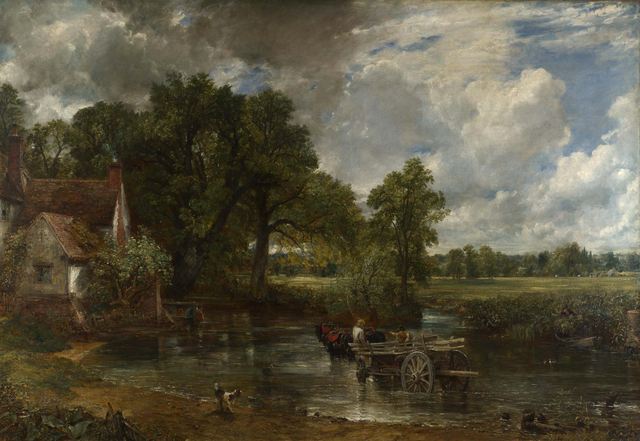Saffron Walden
Saffron Walden
The first part of the towns name derives from its association with the autumn flowering purple crocus that was used to make the yellow dye. Saffron as well as being used medicinally was also used as a food additive and in perfume. This was an expensive commodity in the middle ages and along with the wool trade made the town prosperous.
This prosperity is evident all around in the beautiful buildings and architecture of the town especially around the market square. The variety and number of beautiful buildings make this a great place to explore there is a good feeling of spaciousness as the town was built on a grid pattern.
Take a walk down Cable Street where many buildings have remained unaltered since medieval times. Timber frames and the decorative plaster work known, as pargeting is evident on many buildings. Particularly fine examples of this technique can be seen on the houses in Church Street where they are decorated with figures and foliage on the overhanging gables.
The town is famous for the turf maze, which can be found at the eastern end of the common, there is also the magnificent church of the virgin St Mary this is one of the finest in the Essex. In the high street, are several fine Georgian houses. The corn exchange on the market square is a beautiful Italianate building.
The Norman Mandeville family built the now ruined Walden castle the remains of the keep can be seen. They also founded a priory at Audley end but that disappeared during Henry VIII’s reign.
Activities in Saffron Walden
Railway
Colne Valley Railway - More than just a train ride
Visit abcbritain's profile on Pinterest.




